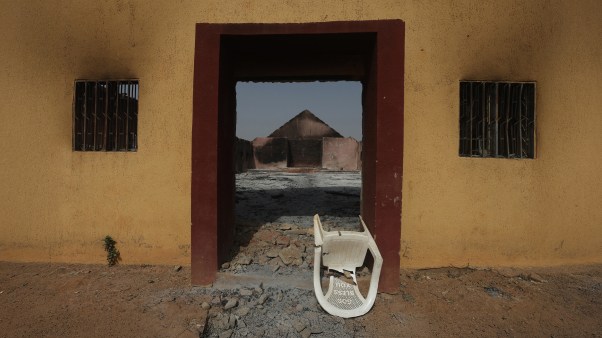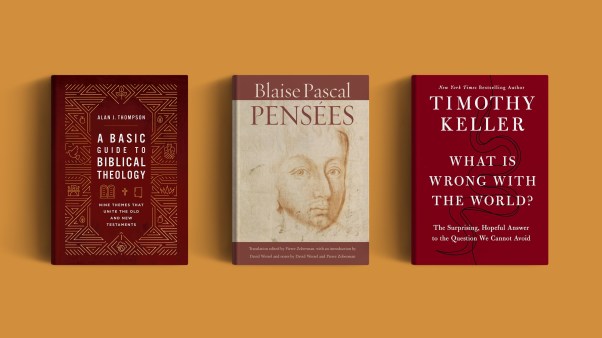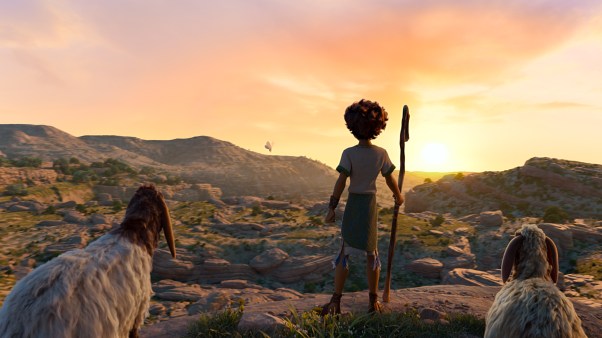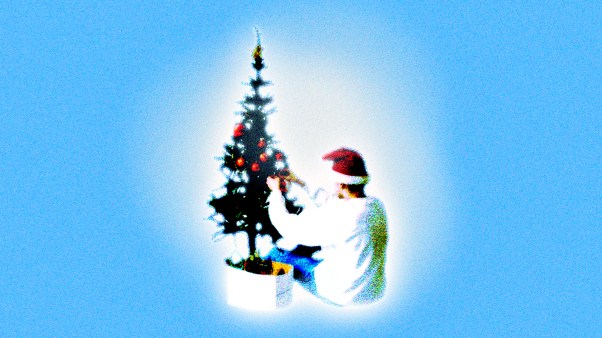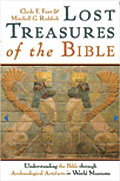 |
Lost Treasures of the Bible: Understanding the Bible through Archaeological Artifacts in World Museums Clyde E. Fant & Mitchell G. Reddish (Eerdmans) |
In 400 pages, the authors assemble more than 100 archaeological objects in some 25 museums, roughly in chronological order, with photographs, descriptions, and concise explanations as to how these items relate to the Bible. Fant and Reddish also include a number of important ancient books.
 |
Archaeology of the Land of the Bible: Volumes I and II Amihai Mazar & Ephraim Stern (Yale University Press) |
Volume I, written by the late Mazar, covers the period from 10,000 B.C. to 586 B.C., the year the Babylonians captured Jerusalem and destroyed the temple of Solomon. Volume II, by Stern, covers the period 732-332 B.C. As good as these books are, they will have to be updated thanks to some major excavations and digs in Jerusalem and elsewhere.
 |
The HarperCollins Visual Guide to the New Testament: What Archaeology Reveals about the First Christians Jonathan L. Reed (HarperOne) |
Reed provides readers with a great introduction and overview of the key finds relating to early Christianity. The book offers many beautiful photographs, maps, and artistic renderings of what life was like.
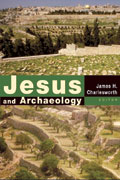 |
Jesus and Archaeology James H. Charlesworth, editor (Eerdmans) |
Charlesworth, a professor at Princeton Seminary, convened a scholarly conference in Israel in 2000, which resulted in this book’s publication. The 31 contributions by leading archaeologists, historians, and biblical scholars show how archaeology and historical research have shed important light on the world of Jesus and his first followers.
 |
The Final days of Jesus: The Archaeological Evidence Shimon Gibson (HarperOne) |
A Jewish archaeologist provides readers with a lay-friendly assessment of the archaeological evidence that especially pertains to Jesus’ fateful visit to Jerusalem. Readers will appreciate Gibson’s expertise and balanced judgment.
Copyright © 2012 Christianity Today. Click for reprint information.
Related Elsewhere:
Craig A. Evans is author of the new book Jesus and His World: The Archaeological Evidence.
Lost Treasures of the Bible , Archaeology of the Land of the Bible , The Harper-Collins Visual Guide to the New Testament , Jesus and Archaeology , and The Final Days of Jesus are available from ChristianBook.com and other retailers.
Previous Christianity Today articles on archaeology include:
Archeology’s Rebel: Bible in One Hand, Spade in the Other | Eilat Mazar is unafraid to claim archaeological finds of biblical proportions. (November 11, 2011)
Archaeology in Turkey: Major Finds in Asia Minor | But researchers say Turkish government is shutting them out. (October 27, 2011)
Archaeology: What an Ancient Hebrew Note Might Mean | Scholar says five lines of ancient script on a broken piece of pottery confirm Kingdom of Israel’s existence in 10th century B.C. Others are cautious. (January 18, 2010)
Finders of the Lost Ark? | Why some amateurs are stirring up dust and little else. (May 5, 2008)
Looking Back | Claims to new Sodom locations are salted with controversy. (March 12, 2008)


